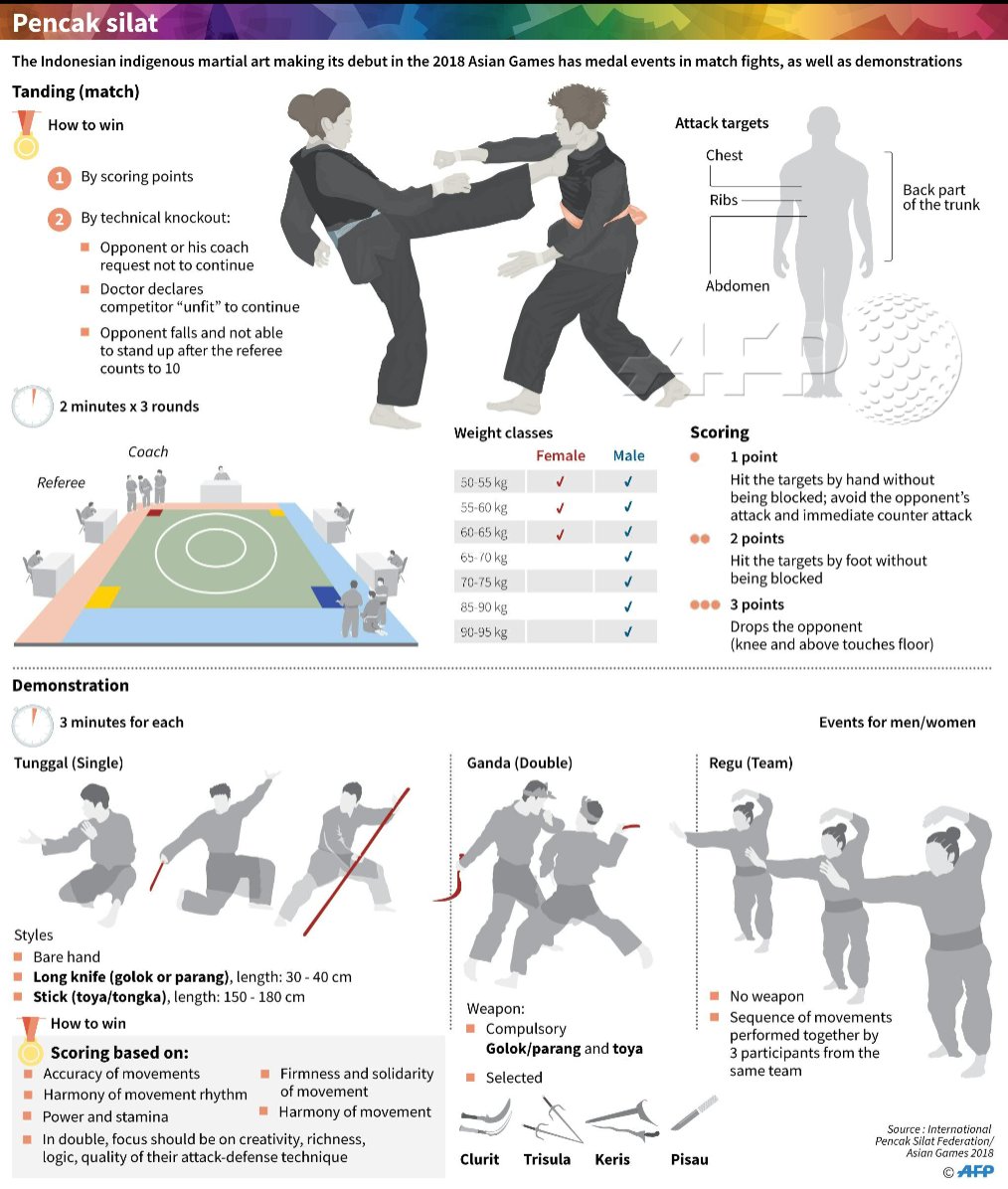The Background And Ideology Of Fighting Style: A Deep Dive
The Background And Ideology Of Fighting Style: A Deep Dive
Blog Article
Authored By-Gentry Friedman
Step into the ancient world where martial arts were born out of necessity in varied areas. Cultures crafted distinct combating styles intertwined with historical contexts. Techniques developed over centuries through devoted method and cultural exchanges. Today, contemporary martial arts mix traditional components for optimal performance. Philosophically, martial arts emphasize self-control, self-improvement, and harmony. Regard, humbleness, and equilibrium are foundational concepts leading professionals in the direction of development and durability. Check out the depths of this abundant history and viewpoint to uncover the profound impacts shaping this long-lasting technique.
Origins of Martial Arts
Fighting style came from different areas worldwide, evolving as functional fight systems to prevent hazards. just click the next website fighting designs were created out of necessity, with each society crafting techniques fit to their special environments and challenges. From the grappling arts of Jujutsu in Japan to the striking methods of Martial art in China, martial arts were deeply linked with the historic, social, and social fabric of their corresponding cultures.
In Japan, the samurai class polished martial arts like Kenjutsu, the art of the sword, which later on progressed right into the a lot more popularized form of Kendo. On the other hand, in Brazil, Capoeira became a blend of dance and combat, created by enslaved Africans as a method to resist oppression. Each martial art carries with it a rich background and philosophy, reflecting the values and ideas of individuals who exercised them.
As you explore the origins of martial arts, you uncover a tapestry of human resourcefulness, strength, and the stubborn spirit of warriors throughout time.
Evolution of Strategies
With centuries of method and refinement, battle methods within different martial arts have undertaken a profound advancement. From old styles like Kung Fu and Martial arts to a lot more contemporary self-controls such as Brazilian Jiu-Jitsu and Krav Maga, the advancement of techniques has been driven by a mix of social impacts, useful applications, and technological developments.
One substantial facet of this evolution is the cross-pollination of strategies between different martial arts. As an example, techniques from typical Japanese Jiu-Jitsu were included into the production of Judo by Jigoro Kano in the late 19th century. This mixing of designs has actually led to the advancement of crossbreed martial arts like Mixed Martial Arts (MIXED MARTIAL ARTS), which combine components of striking, grappling, and submission techniques.
Moreover, the development of techniques has been formed by the increasing focus on effectiveness and performance in fight. Practitioners have continually looked for to refine their methods with rigorous training, testing, and competition, leading to the development of very specialized and effective fighting designs. On the whole, the development of methods in martial arts shows the dynamic nature of combat and the ongoing mission for enhancement and advancement.
Thoughtful Foundations
Exploring the underlying philosophical principles of martial arts gives understanding right into their core values and guiding ideas. At the heart of several martial arts disciplines is the idea of technique itself. By educating your body and mind to function as one natural system, you cultivate technique that extends beyond the dojo or fitness center into day-to-day life. This technique includes regard, humility, and self-control, forming not simply your physical abilities however likewise your character.
One more fundamental philosophical structure in martial arts is the idea of continuous self-improvement. The trip of grasping a fighting style is continuous, with experts frequently aiming to far better themselves, both physically and emotionally. This concentrate on development cultivates resilience, willpower, and a growth mindset that can be put on all aspects of life.
Furthermore, martial arts highlight the importance of consistency and balance. Methods are developed to use an opponent's power against them, highlighting the principle of yielding and rerouting force as opposed to fulfilling it head-on. This approach encompasses social partnerships, advertising serene resolutions and good understanding. By embracing these thoughtful structures, martial artists not just enhance their battle abilities yet additionally grow a way of life centered on individual development, respect, and harmony.
Final thought
To conclude, the history and philosophy of martial arts offer an abundant tapestry of practice, self-control, and self-improvement.
Take for where is martial arts from of Bruce Lee, who changed martial arts by mixing different styles and philosophies to create his own unique form of Jeet Kune Do.
Via dedication and technology, martial musicians continue to press borders and motivate others to reach their complete capacity both in fight and in life.
